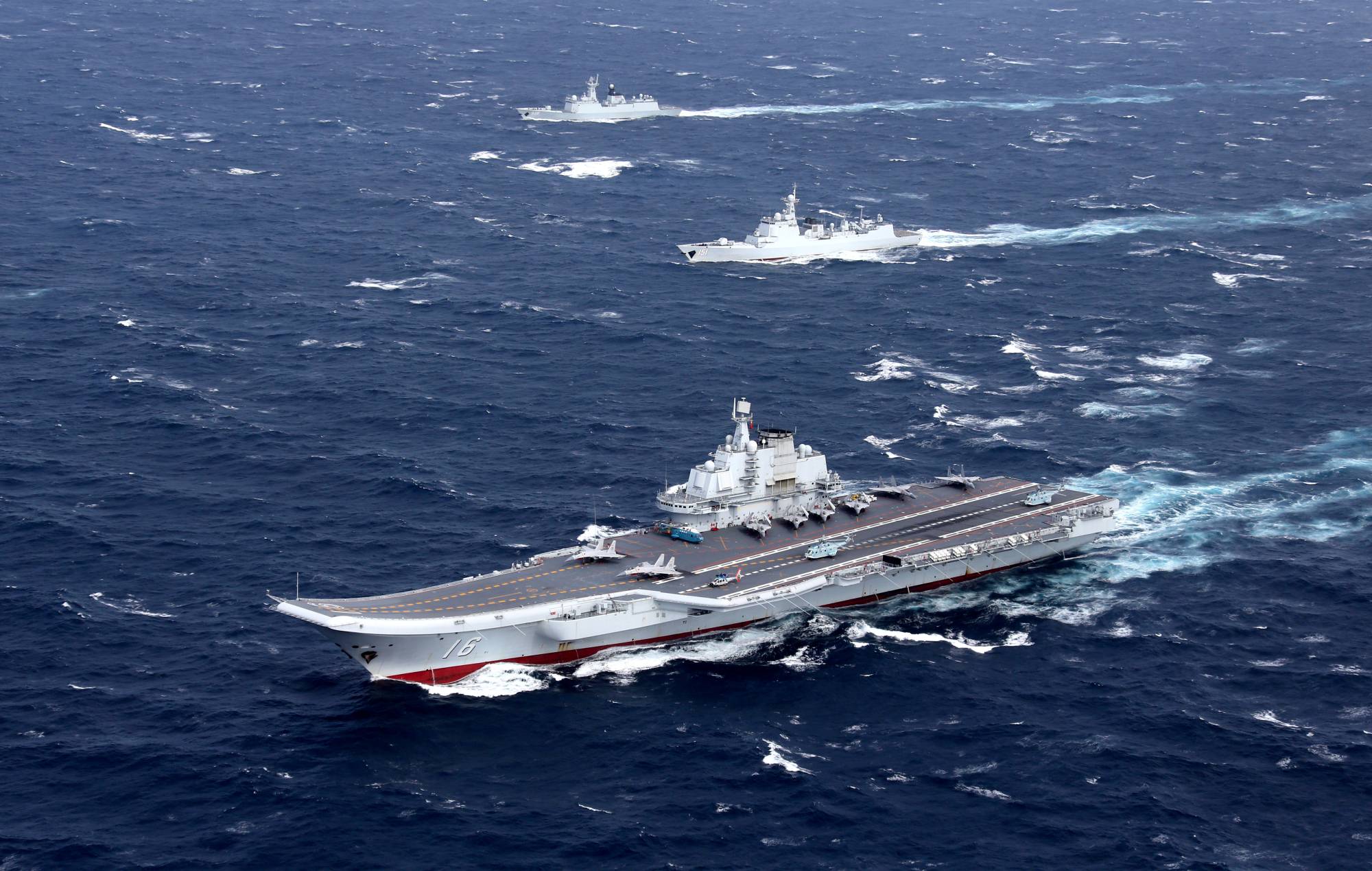I spent most of my seagoing career in the Pacific, and sailed many times through the humid waters of the South China Sea. It’s a big body of water, the size of the Caribbean and Gulf of Mexico combined. The sea bottom is full of oil and natural gas. Nearly 40 percent of the world’s international shipping passes through it.
China wrongly claims most of it as territorial seas. And as relations between the United States and China deteriorate into coronavirus finger-pointing and election-year posturing, the chances for a conflict in those waters are rising. In recent weeks, several U.S. warships — including a destroyer I commanded in the early 1990s, the Barry — have been confronted by the Chinese while conducting patrols. Why has this body of water become such a flashpoint, and what can be done to avoid an incident that could set off something bigger?
The historical underpinnings of China’s claims go back to the voyages of a 15th century admiral, Zheng He. I wrote about him in my recent book, “Sailing True North,” and every time I met my Chinese counterparts at port visits and exercises, they would toast Zheng He. And with good reason. His explorations of the South China Sea, Indian Ocean and African and Arabian waters are legendary.


















With your current subscription plan you can comment on stories. However, before writing your first comment, please create a display name in the Profile section of your subscriber account page.